Technology Enabled Trust: Bridging Gaps and Creating Connections
Written on
Jul 10, 2024
Let's be real, trust is the glue that holds our society together. It's what allows us to cooperate, drive economic growth, and maintain social harmony. As Rachel Botsman, author of Who Can You Trust?, put it, "Virtually every commercial transaction has an element of trust within itself" (Botsman, 2017). In today's hyper-connected world, where we're constantly interacting across borders and digital realms, trust has become the critical currency enabling meaningful connections and collaborations.
Botsman (2017) introduced the concept of the "trust leap," where we have to put our faith in systems or technologies we can't fully understand or control, like GPS navigation or ride-sharing apps, to reap their benefits. It's a leap of faith, but one that's become increasingly necessary in our tech-driven lives.
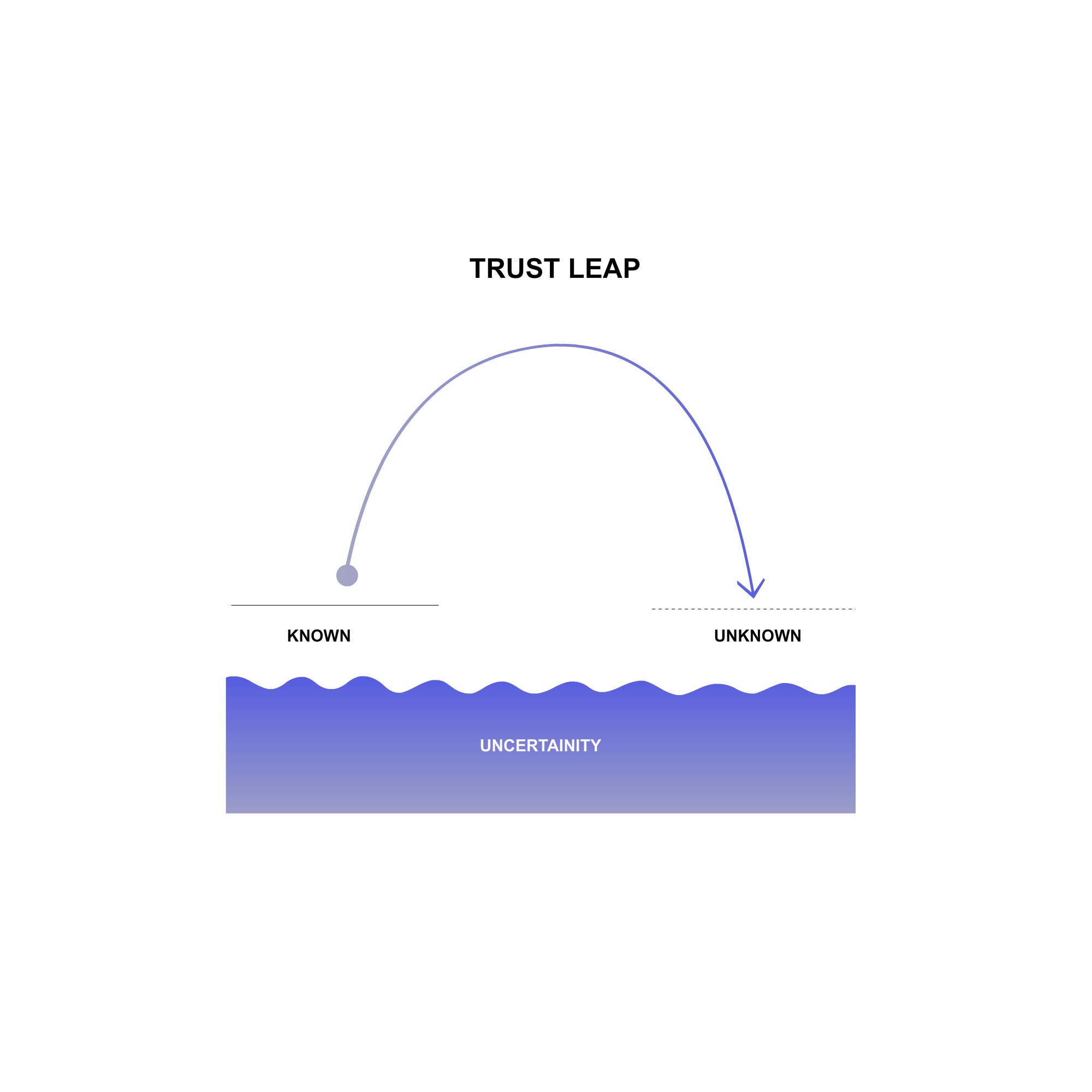
Image source: rachelbotsman.com/sketches/trust-leap/
But here's the catch: the digital age has brought about some serious challenges when it comes to establishing and maintaining trust. The anonymity of online interactions, the proliferation of misinformation, and the ever-present threat of cyber attacks have eroded the traditional pillars of trust we once relied upon (Keyes, 2022). It's like trying to build a house on quicksand – not exactly a solid foundation. The 2024 Edelman Trust Barometer report reveals a mixed picture regarding trust in technology. While trust has declined in various tech-related areas, there are also instances where technology has played a crucial role in fostering trust. For example, trust in companies within the technology sector has notably increased among employees compared to non-tech firms. This article explores the ways in which technology has been facilitating trust in different contexts.
Technology, often perceived as a double-edged sword, has been reshaping the very foundations of trust-building. Botsman's research highlights the transformative potential of what she calls "distributed trust." By leveraging innovations like blockchain, peer-to-peer platforms, and robust verification systems, technology can facilitate transparency, accountability, and security – the holy trinity of trust in the digital age (Botsman, 2017).
These technological advancements have the power to bridge gaps, create connections, and foster environments where trust can thrive like a well-tended garden. Technology is revolutionizing our approach to trust-building by enhancing transparency in supply chains, enabling secure digital transactions, facilitating peer-to-peer collaborations, and empowering individuals with financial inclusion. It's a catalyst for fostering trust at scales previously unimaginable, transcending geographical boundaries and traditional intermediaries like some sort of trust-building superhero.
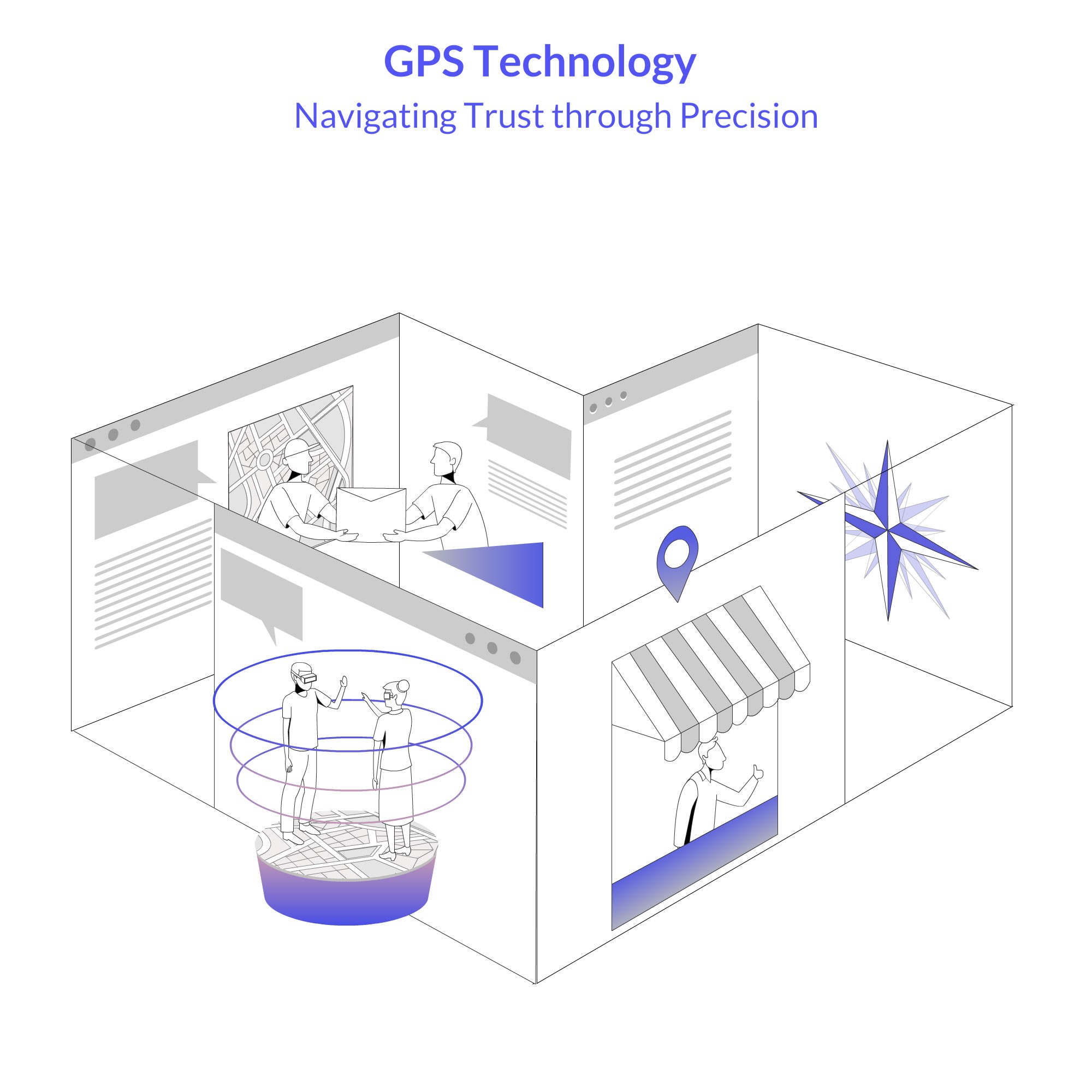
GPS Technology: Navigating Trust through Precision
GPS technology has completely revolutionized our expectations and reliability when it comes to logistics. It's no longer just about finding the fastest route – although that's still a game-changer. It's about the unwavering assurance and trust we place in technology to guide us through our daily lives, no matter how chaotic or unpredictable they may be.
Think about it, this precision in predicting travel times down to the minute has streamlined everything from our daily commutes to complex logistical operations. Imagine the chaos if delivery companies like FedEx and UPS didn't have access to this level of accurate location and timing data? Their entire business model would crumble, and they wouldn't be able to keep their promises to customers. GPS has truly become the cornerstone of trust between service providers and users in the logistics realm (Zhu et al., 2017; Fransoo & Lee, 2013).

Ride-Sharing Apps: The Drive Towards Reliable Commutes
Now, let's talk about ride-sharing apps like the popular Uber and Lyft. These commute innovations have become synonymous with cost-effective and reliable transportation, revolutionizing the way we move around cities. But it's not just about the affordability factor – although let's be real, that's a game-changer for many of us.
The real trust-building magic happens through the safety measures these apps incorporate, like driver verification and real-time location sharing. With these features, you know exactly who's picking you up and where they are at all times. Gone are the days of shady, unlicensed cabs – these platforms have successfully built a trustful relationship with users by prioritizing safety and transparency (Sadiah et al., 2021; Azaria et al., 2022).
Let's not forget the technology behind the scenes. The algorithms and systems powering these apps ensure not only affordability but also the safety and reliability of commutes. They're changing the game when it comes to how we view urban transportation, making it more accessible, convenient, and most importantly, trustworthy.
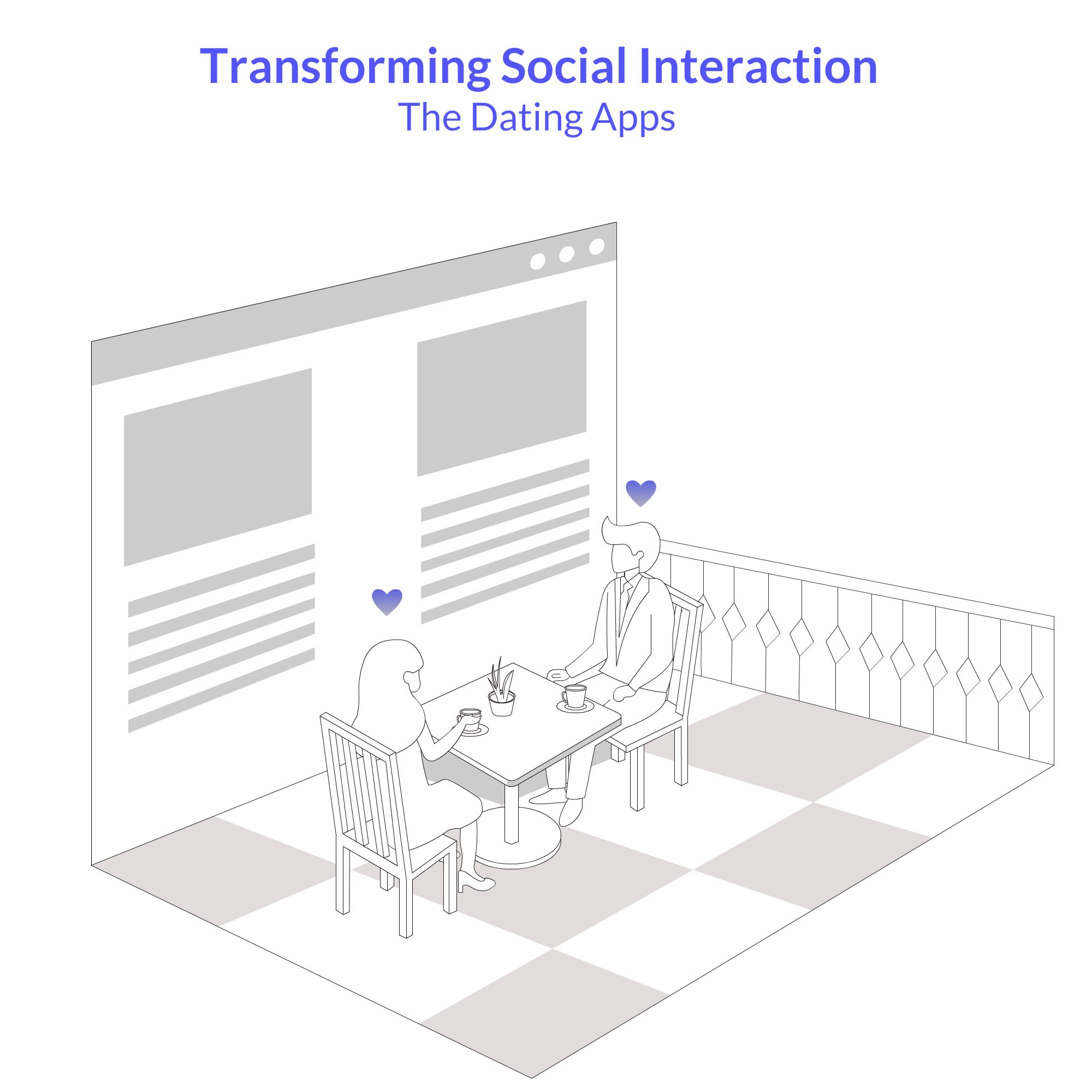
Transforming Social Interaction: The Dating Apps
Technology innovations in the world of dating have culminated into popular dating apps like Tinder and Bumble. These platforms have completely revolutionized the way we connect with potential partners, and trust plays a huge role in their success. By leveraging intricate algorithms that match individuals based on shared interests, preferences, and all sorts of other criteria, they've introduced a whole new level of trust in the search for meaningful relationships (Courtois & Timmermans, 2018; Toma & Hancock, 2010).
A 2023 survey conducted by Forbes Health with 5000 US participants found that almost 70% of people who connected with someone through a dating app reported that it resulted in a romantic, committed relationship, and only 28% stated that it did not lead to such an outcome. This survey further highlighted that 45% of respondents ranked online dating apps as the primary venue for meeting potential dates, followed by introductions through friends (33%) and encounters at concerts or festivals (32%). Faith in technology to connect with compatible individuals that you might never have met otherwise has risen dramatically and is projected to see positive growth in upcoming years.
The ability of these apps to bring like-minded people together is a true testament to the power of technology in transforming social interactions and fostering trust in the process.

Home-Stay Apps: Building Communities and Economies
Home-stay apps like the ever-popular Airbnb are prime examples of how technology can create trust-based communities and unlock economic opportunities for regular folks. By connecting travelers with local hosts, they offer a more personalized and authentic lodging experience – a refreshing change from traditional hotel chains.
But the real trust-building magic happens through their review and verification systems. Both hosts and guests can leave detailed feedback, creating a transparent and accountable community where everyone feels secure in their transactions. No more sketchy backpacker hostels or shady rental situations – Airbnb has built a community of trust that bridges cultural and economic gaps (Ert et al., 2016).
Let's not forget the empowerment factor for hosts. By transforming their homes into small-scale hospitality ventures, individuals can boost their earnings and attain increased financial independence. The trust-based ecosystem developed by Airbnb allows for authentic cultural exchanges and economic opportunities that simply wouldn't exist without this innovative technology.
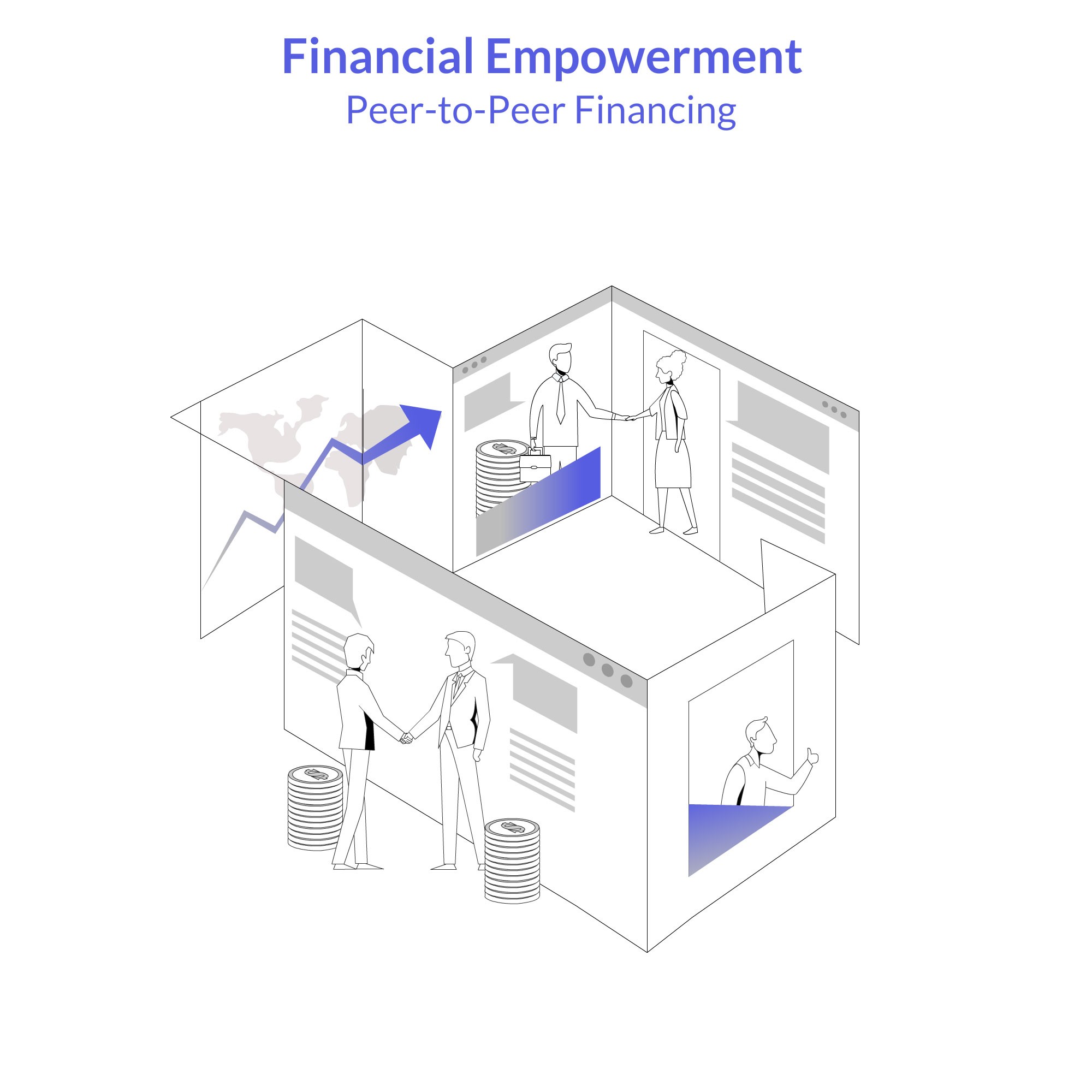
Financial Empowerment through Peer-to-Peer Financing
Peer-to-peer (P2P) lending platforms like Lending Club and Prosper have truly democratized access to financing by cutting out the middlemen (i.e., traditional banks) and connecting borrowers directly with investors. It's an amazing innovation which has led to a more inclusive financial ecosystem that levels the playing field.
However, what's really impressive is the trust factor baked into these platforms. Everything from the transparent processes to the empowerment of individuals to seek or offer financial assistance based on mutual understanding and shared financial goals – it all contributes to an environment of trust and accountability (Morse, 2015; Greiner & Wang, 2010).
No more opaque lending practices or feeling like a number in a bureaucratic system. P2P lending puts back the power in the hands of regular folks, fostering a community built on trust, shared objectives, and a desire to help one another succeed financially. It's like a digital version of the neighborhood credit union, but on a global scale.
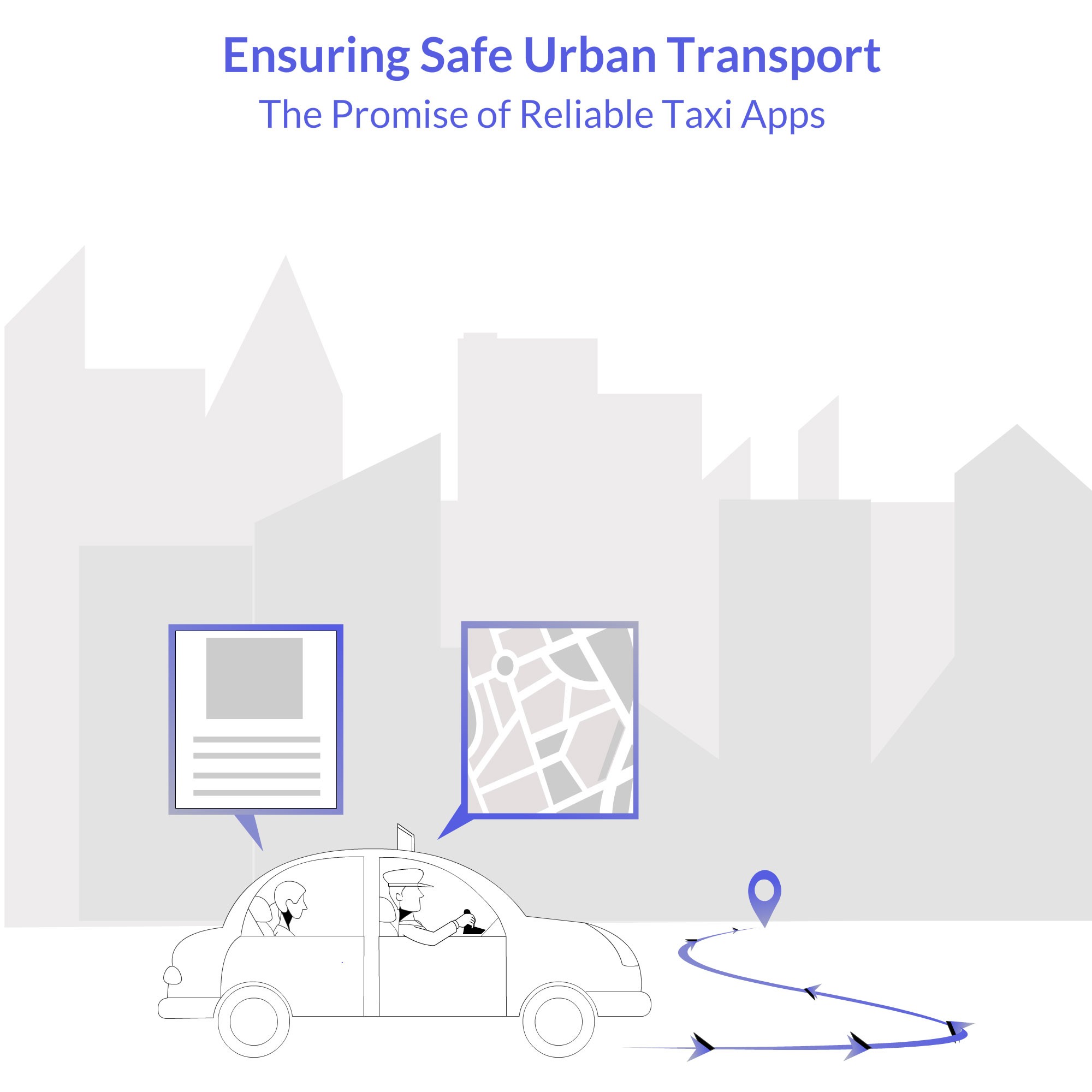
Ensuring Safe Urban Transport: The Promise of Reliable Taxi App
Reliable taxi apps like the popular Grab and Gojek have tackled the age-old issue of trust in urban transportation head-on. These apps have introduced a new era of assurance for commuters with robust features such as rigorous driver verification processes (including background checks, vehicle inspections, and sometimes psychometric tests), real-time ride tracking for monitoring the driver's movements, and a transparent user review system that ensures accountability for everyone involved (Balachandran & Hamzah, 2017).
The days of unreliable unlicensed taxis and questionable drivers are long gone, thanks to these platforms that have set new standards for safety and reliability in public transport. Just ask any urbanite who's endured countless horror stories of sketchy taxi rides before these trust-building apps came along. It's a total game-changer.
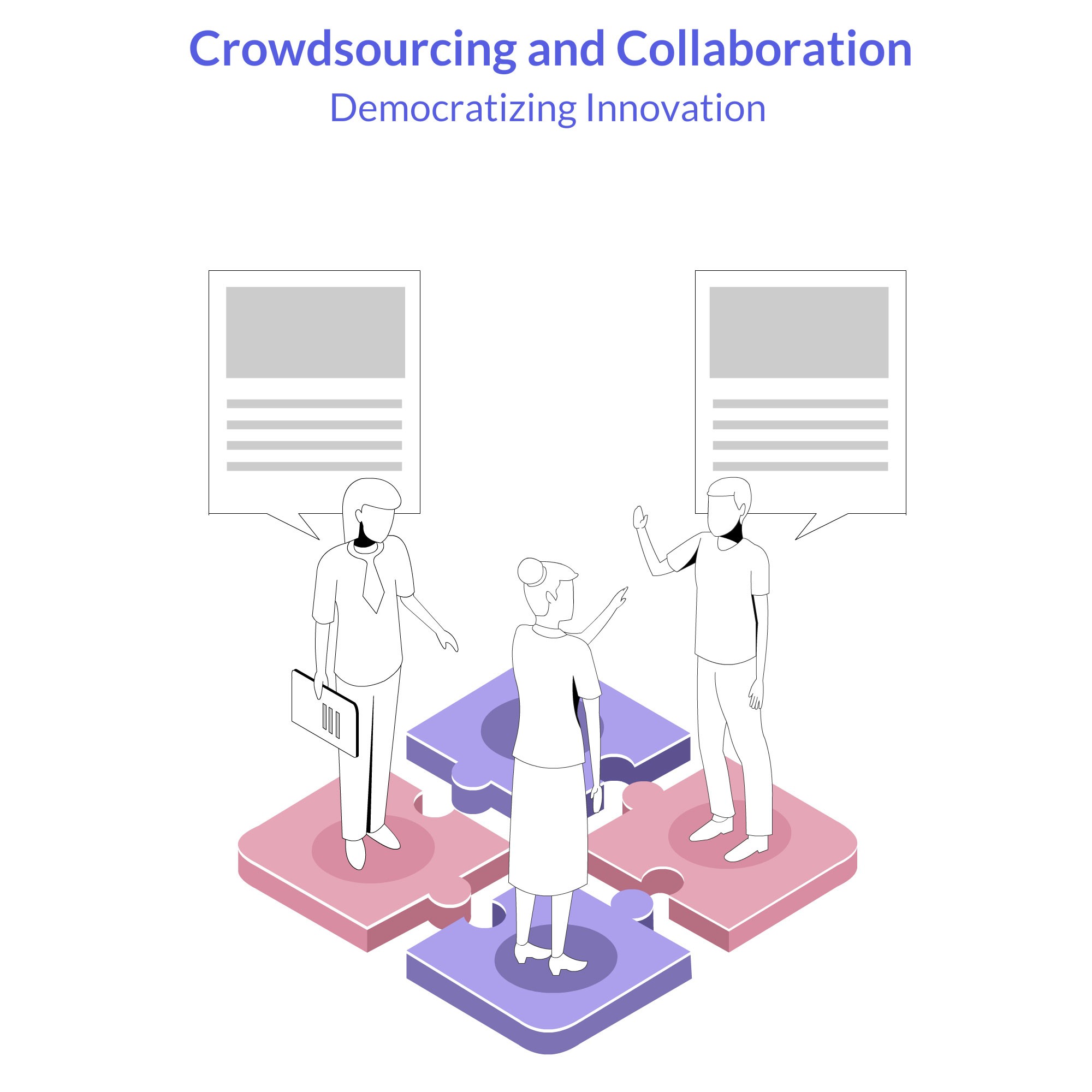
Crowdsourcing and Collaboration: Democratizing Innovation
Technology has truly democratized the process of innovation through crowdsourcing and collaboration platforms, like the trailblazing InnoCentive and the ever-popular Kickstarter. These platforms have opened up the innovation game to regular folks, allowing individuals from all walks of life to contribute their ideas, skills, and resources to projects that they genuinely believe in. It's like a digital town square where passionate people can come together, united by shared objectives and a desire to create something groundbreaking.
These platforms have not only sped up the development of innovative ideas, from cutting-edge tech gadgets to socially conscious non-profit initiatives, but have also nurtured communities founded on trust, transparency, and collective effort (Afuah & Tucci, 2012; Majchrzak & Malhotra, 2020).
There are no more world-changing ideas confined to the ivory towers of big corporations or exclusive research labs. Crowdsourcing and collaboration have leveled the playing field, empowering individuals to be part of the innovation process in a way that simply wasn't possible before. And at the core of it all? You guessed it – trust. The trust that your contributions will be valued, and that your efforts will be rewarded, indicates that we can achieve greatness together.

Social Media and Business: Nurturing Consumer Trust
The world of social media and platforms like Facebook and the ever-buzzing Twitter have become crucial in building and maintaining trust between businesses and consumers. Gone are the days when brands could operate in a shroud of secrecy, disconnected from their customer base.
Social media has flipped the script, providing a virtual town square where businesses can showcase their authenticity, address concerns transparently, and engage in real-time conversations with their audience. It's like a digital window into the soul of a brand, allowing consumers to see the human faces behind the logo and make informed decisions about who they want to support (Hewett et al., 2016; Berthon et al., 2012).
Businesses now have the chance to showcase their dedication to customer service, transparency, and ethical practices by promptly addressing customer complaints and offering glimpses into their operations. Let's face it, in today's socially conscious environment, this level of trust and accountability can significantly impact a brand's reputation and financial success.
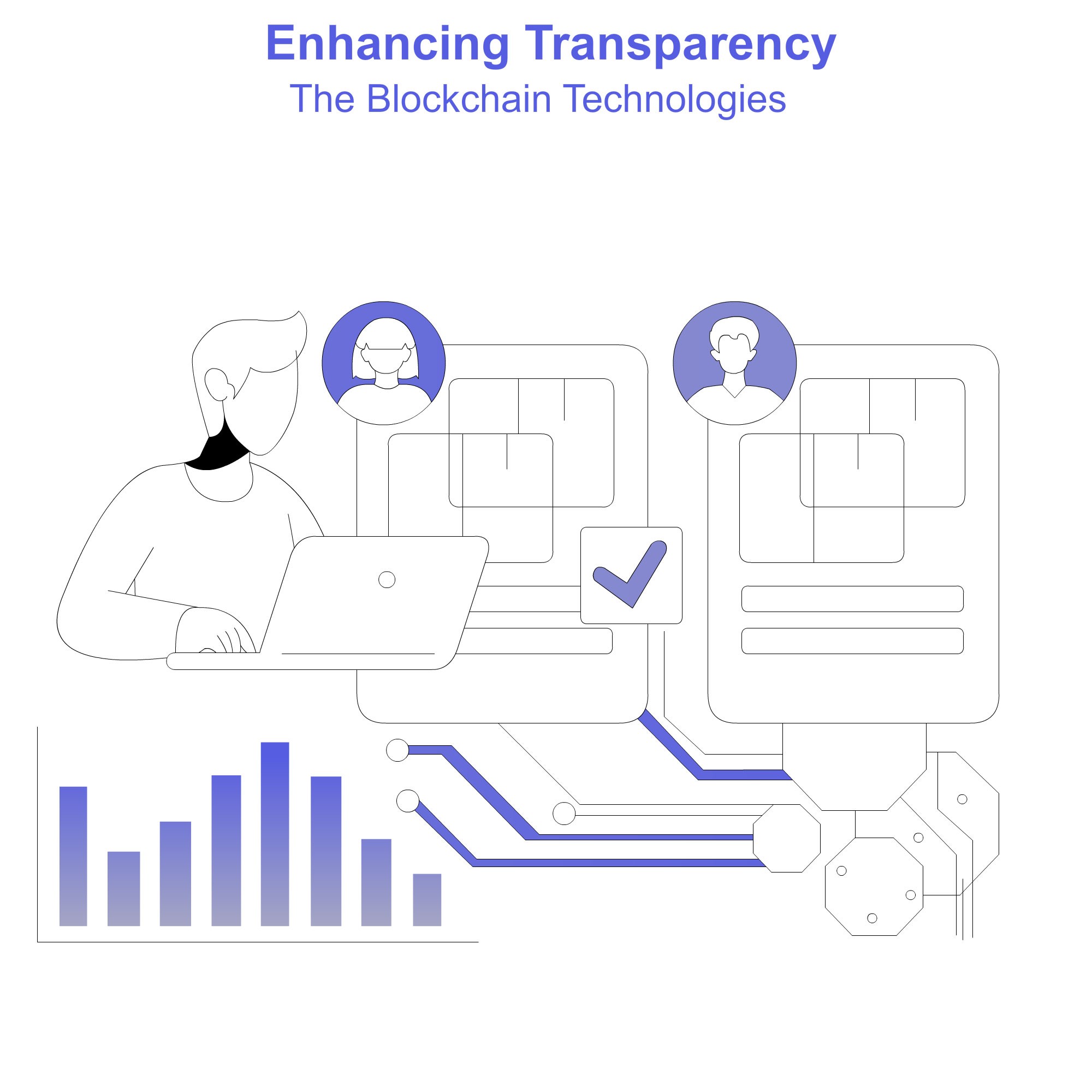
Enhancing Transparency: The Blockchain Technologies
Blockchain deserves recognition for revolutionizing trust in business dealings. By providing a decentralized and immutable ledger system, this cutting-edge technology enables transparent, secure transactions that are virtually impossible to manipulate (Iansiti & Lakhani, 2017; Yli-Huumo et al., 2016).
In this context, we can take the example of the diamond industry. Companies like the innovative Everledger are using blockchain to track the journey of diamonds from the mining process to the customer's hands, ensuring that these precious gems are ethically sourced and conflict-free. There are no more shady backroom deals or questionable supply chains – blockchain brings a level of transparency that not only reinforces consumer confidence but also fortifies the trust between different business stakeholders along the way.
Goldman Sachs has referred to blockchain as “the new technology of trust” because its approach combines the accessibility of the internet with the protective measures of cryptography, offering everyone a quicker, more secure method to authenticate essential information and foster trust.
Biometric verification, the security superhero of the digital age, offers a robust solution for ensuring top-notch security while simplifying user experiences (Jain et al., 2016; Prabhakar et al., 2003). Major industry titans like the banking giant JPMorgan Chase have been at the forefront of this revolution, incorporating biometric features like fingerprint and facial recognition into their mobile apps. There are no more cumbersome passwords or easily hackable security measures – biometrics provides an extra layer of protection by tying your identity to your unique biological markers.
Open data initiatives in governance, like the U.S. government's pioneering Data.gov, and encryption technologies in information security are also crucial in fostering trust in the digital age (Janssen et al., 2012; Huijboom & Van den Broek, 2011; Menezes et al., 1996; Stallings, 2017). Open data platforms empower citizens to access and scrutinize government data, holding institutions accountable and fostering trust in the democratic process. Encryption technologies serve as guardians of our digital privacy, safeguarding personal and financial information from prying eyes and malicious actors.
Technology is a unifying force in building trust across various spheres of our lives. From simplifying daily commutes to transforming how we connect, share, and protect our information, technology has proven to be a pivotal element in establishing and fostering trust. As we continue to navigate the complexities of the digital age, the role of technology in building trust remains more relevant than ever, promising a future where connections are not just made but secured and cherished.
References:
Afuah, A., & Tucci, C. L. (2012). Crowdsourcing as a solution to distant search. Academy of Management Review, 37(3), 355-375.
Azaria, A., Richardson, A., Shizgal, S., Kong, J., & Wagner, A. (2022). Trustworthy ride-sharing through decentralized computation. arXiv preprint arXiv:2203.11566.
Balachandran, I., & Hamzah, H. (2017). The influence of customer trust on ride-sharing services in Malaysia. International Journal of Accounting & Business Management, 5(1), 184-196.
Berthon, P. R., Pitt, L. F., Plangger, K., & Shapiro, D. (2012). Marketing meets Web 2.0, social media, and creative consumers: Implications for international marketing strategy. Business Horizons, 55(3), 261-271.
Botsman, R. (2017). Who can you trust? How technology brought us together and why it might drive us apart. Hachette UK.
Courtois, C., & Timmermans, E. (2018). Cracking dating apps: An empirical study on mobile dating app success determinants. Communications of the Association for Information Systems, 42(1), 3.
Ert, E., Fleischer, A., & Magen, N. (2016). Trust and reputation in the sharing economy: The role of personal photos in Airbnb. Tourism Management, 55, 62-73.
Fransoo, J. C., & Lee, C. Y. (2013). The critical role of ocean container transport in global supply chain performance. Production and Operations Management, 22(2), 253-268.
Greiner, M. E., & Wang, H. (2010). Building consumer‐to‐consumer trust in e‐finance marketplaces: An empirical analysis. International Journal of Electronic Commerce, 15(2), 105-136.
Hewett, K., Rand, W., Rust, R. T., & Van Heerde, H. J. (2016). Brand buzz in the echoverse. Journal of Marketing, 80(3), 1-24.
Huijboom, N., & Van den Broek, T. (2011). Open data: An international comparison of strategies. European Journal of EPractice, 1(12), 1-13.
Iansiti, M., & Lakhani, K. R. (2017). The truth about blockchain. Harvard Business Review, 95(1), 118-127.
Jain, A. K., Ross, A. A., & Nandakumar, K. (2016). Introduction to biometrics. Springer.
Janssen, M., Charalabidis, Y., & Zuiderwijk, A. (2012). Benefits, adoption barriers and myths of open data and open government. Information Systems Management, 29(4), 258-268.
Keyes, R. (2022). The erosion of trust in the digital age. Harvard Business Review.
Majchrzak, A., & Malhotra, A. (2020). Towards an information systems perspective and research agenda on crowdsourcing for innovation. The Journal of Strategic Information Systems, 29(1), 101549.
Menezes, A. J., Van Oorschot, P. C., & Vanstone, S. A. (1996). Handbook of applied cryptography. CRC press.
Morse, A. (2015). Peer-to-peer crowdfunding: Information and the potential for disruption in consumer lending. Annual Review of Financial Economics, 7, 463-482.
Prabhakar, S., Pankanti, S., & Jain, A. K. (2003). Biometric recognition: Security and privacy concerns. IEEE Security & Privacy, 99(2), 33-42.
Sadiah, N. A., Aziz, M. A., & Mamat, M. (2021). The Concept of Trust in Peer to Peer Accommodation Rental Service. Journal of Environmental Management and Tourism, 12(2), 360-370.
Stallings, W. (2017). Cryptography and network security: Principles and practice. Pearson.
Toma, C. L., & Hancock, J. T. (2010). Reading between the lines: Linguistic cues to deception in online dating profiles. In Proceedings of the 2010 ACM conference on Computer supported cooperative work, 5-8.
Yli-Huumo, J., Ko, D., Choi, S., Park, S., & Smolander, K. (2016). Where is current research on blockchain technology?—a systematic review. PloS one, 11(10), e0163477.
ABOUT SCALING TRUST
The “Scaling Trust” is an inclusive and collaborative platform dedicated to curating ideas and fostering discussions on the critical issue of scaling trust in the digital age. Powered by Kira Studio, the initiative aims at developing a community which brings together a diverse group of thinkers, experts, and practitioners who are passionate about exploring innovative approaches to building and strengthening trust in society.


